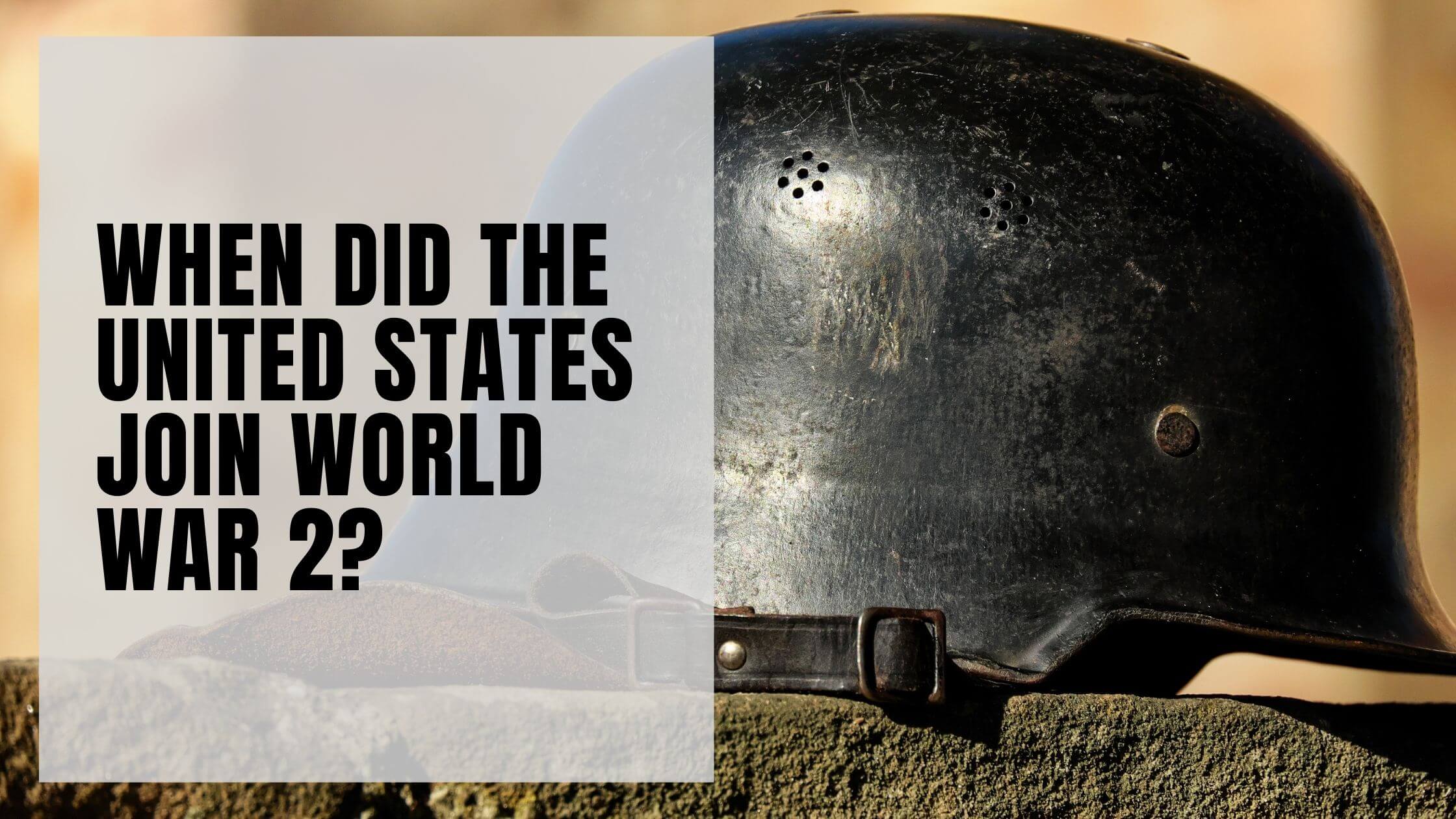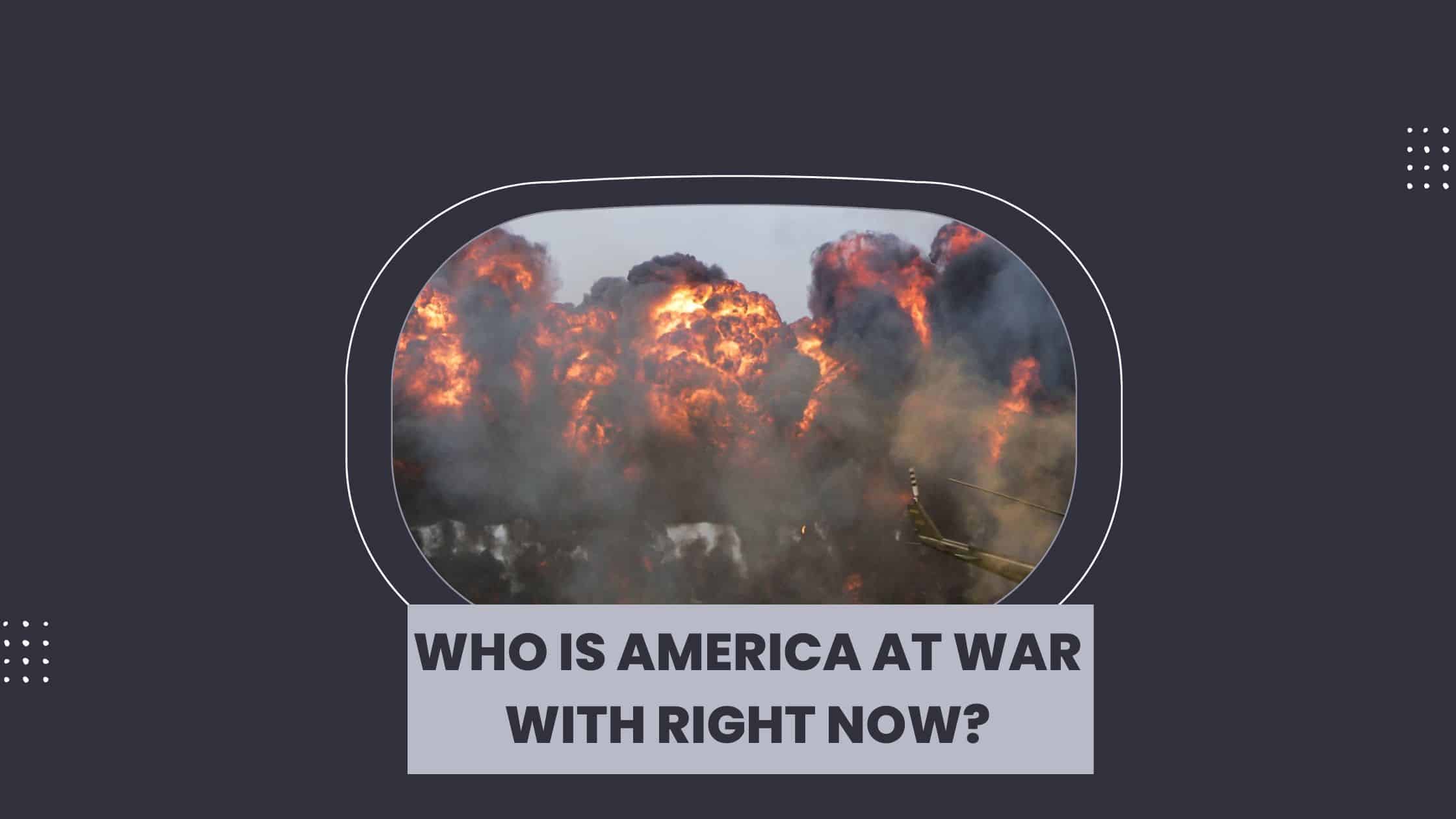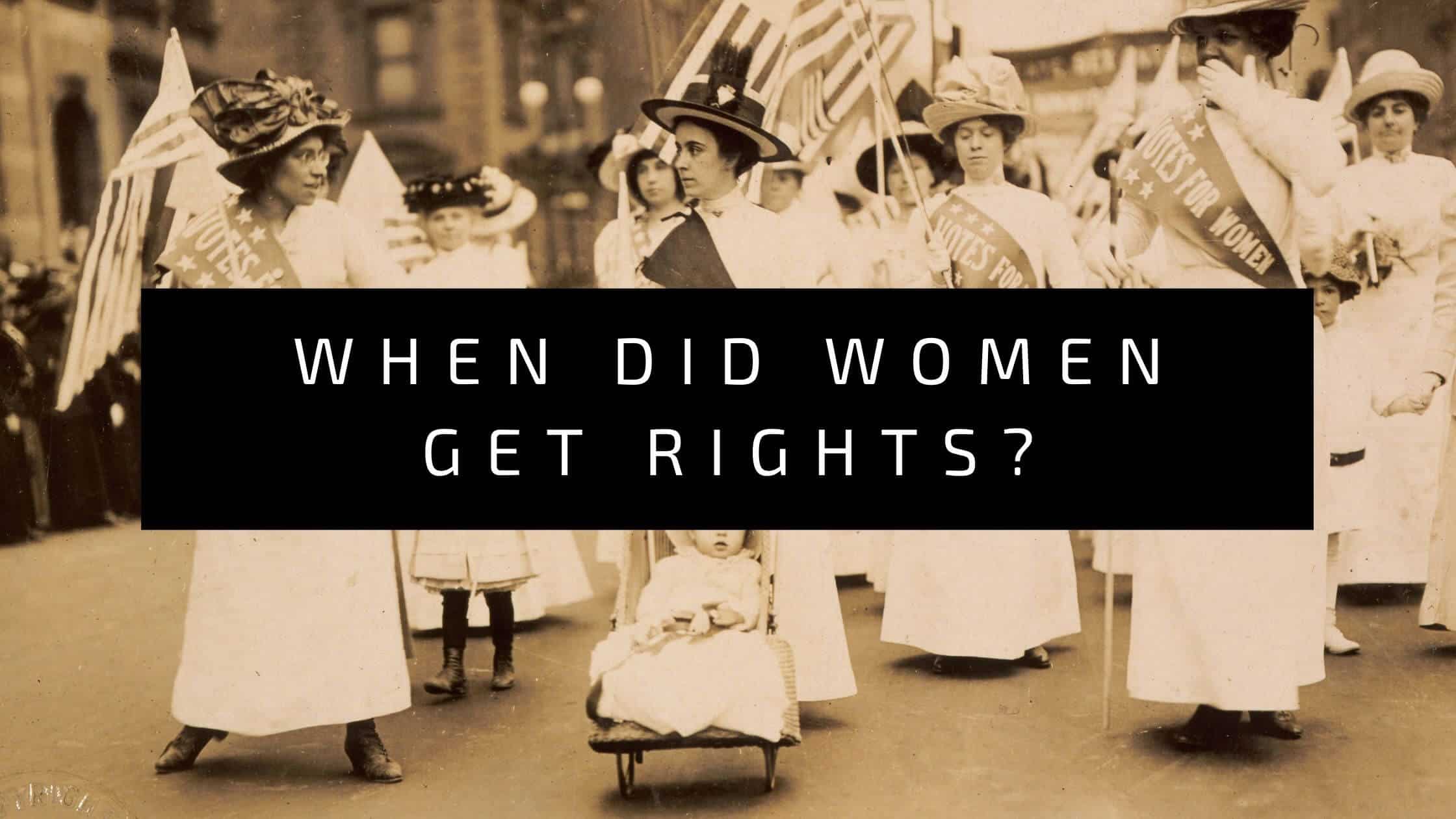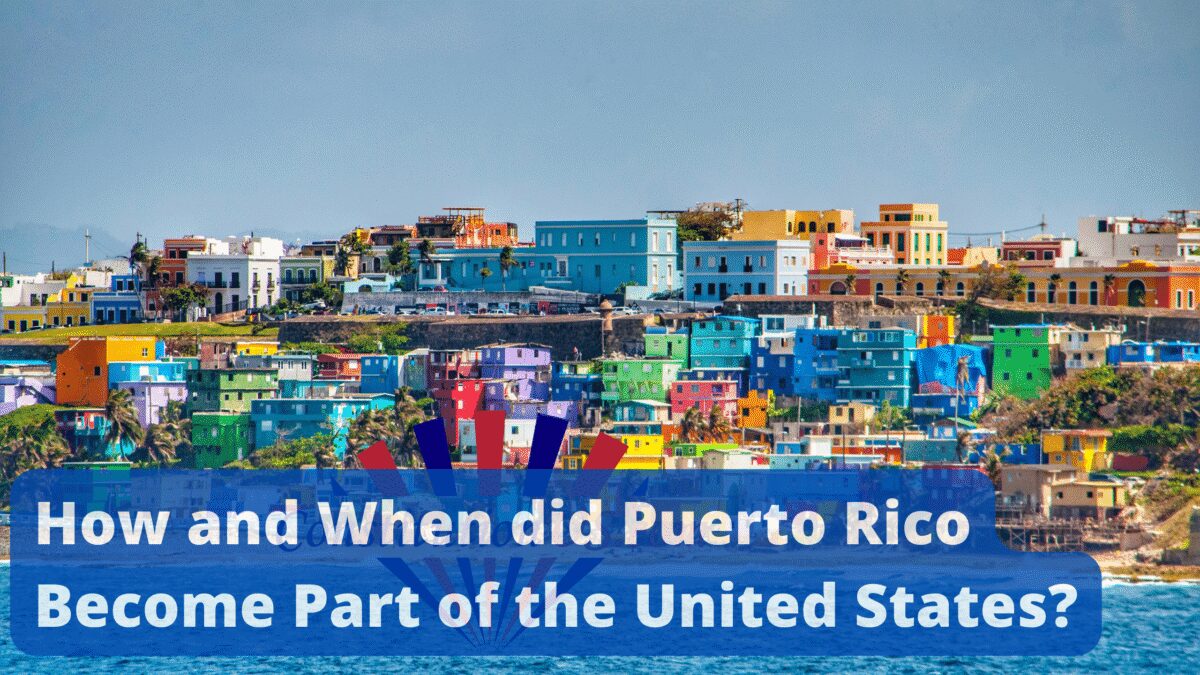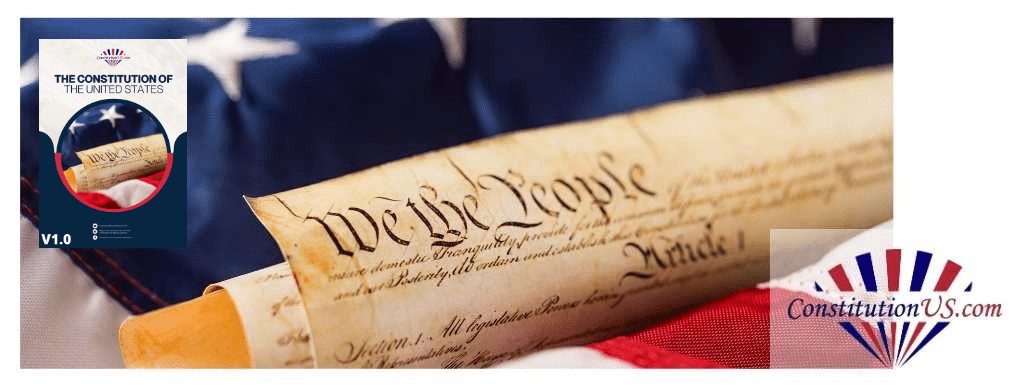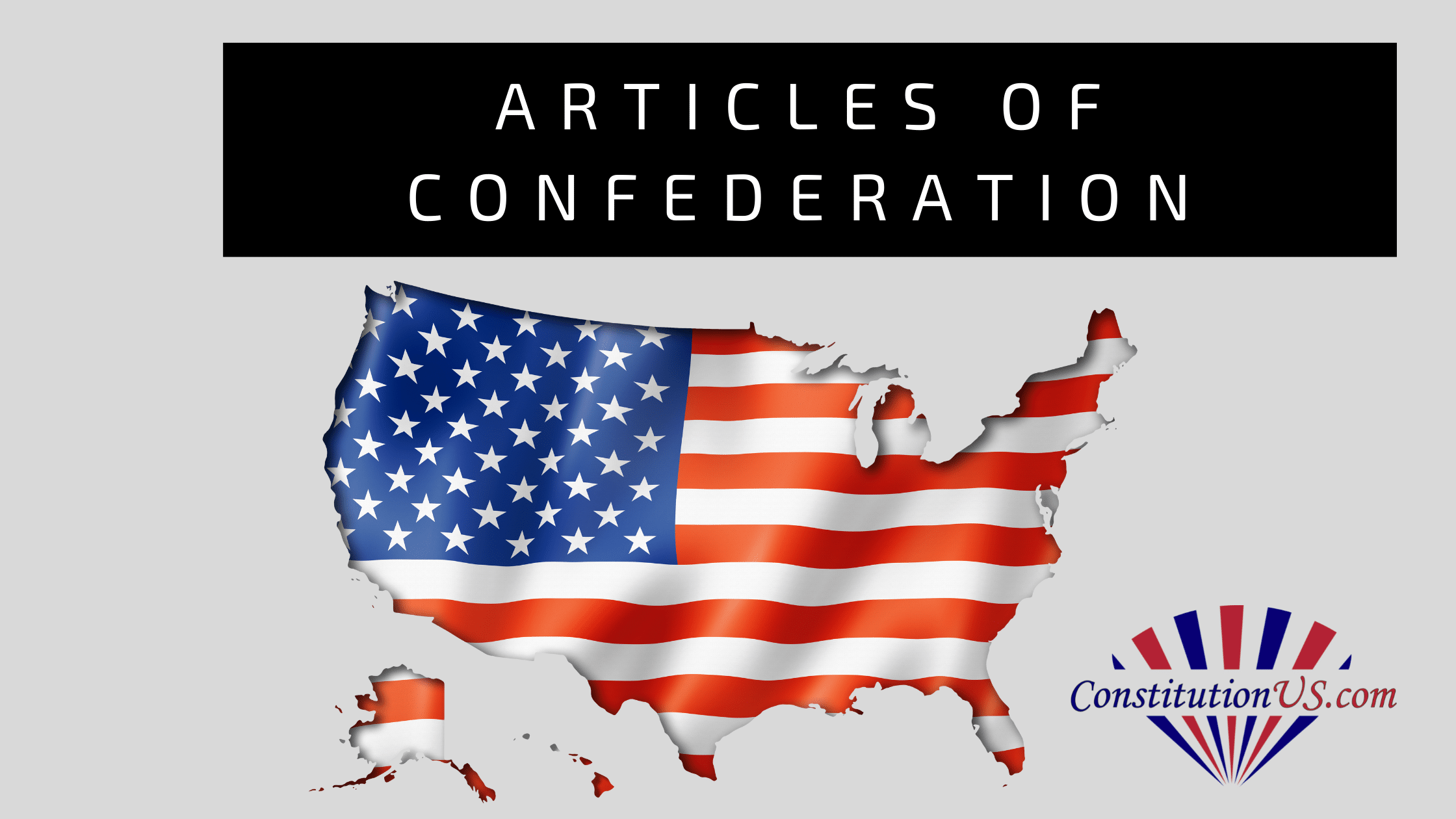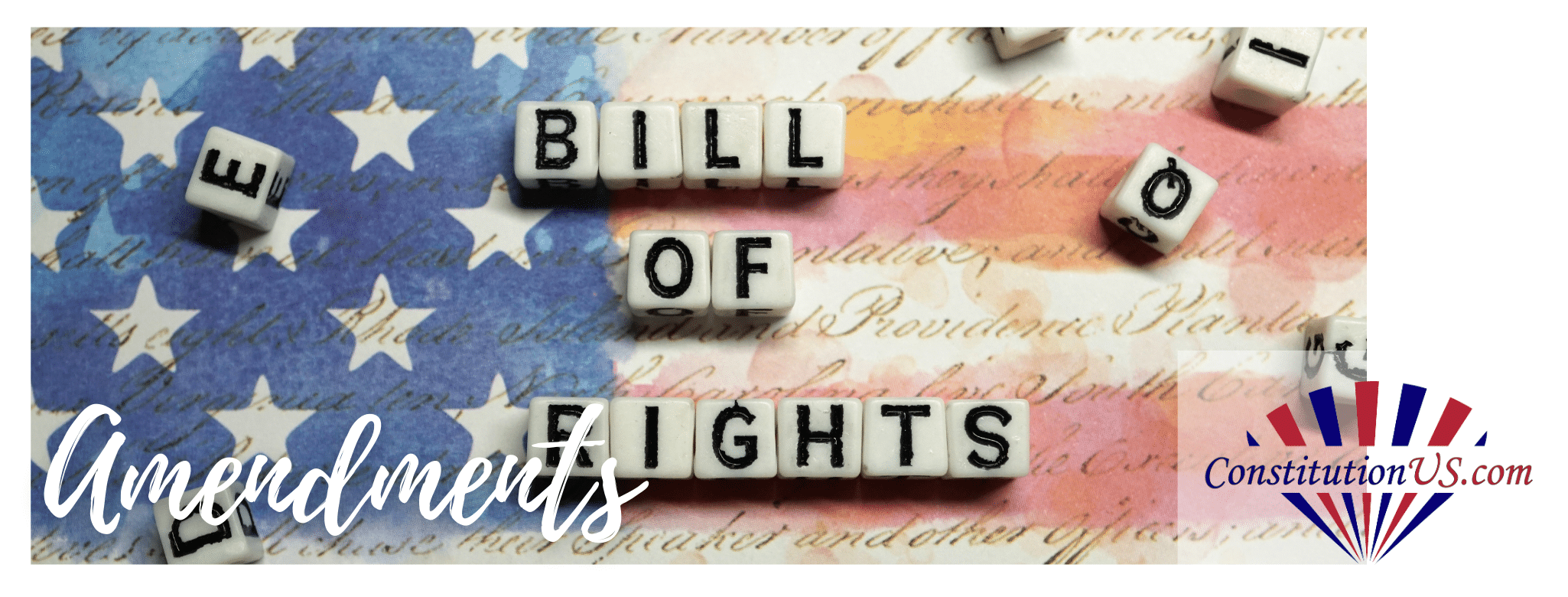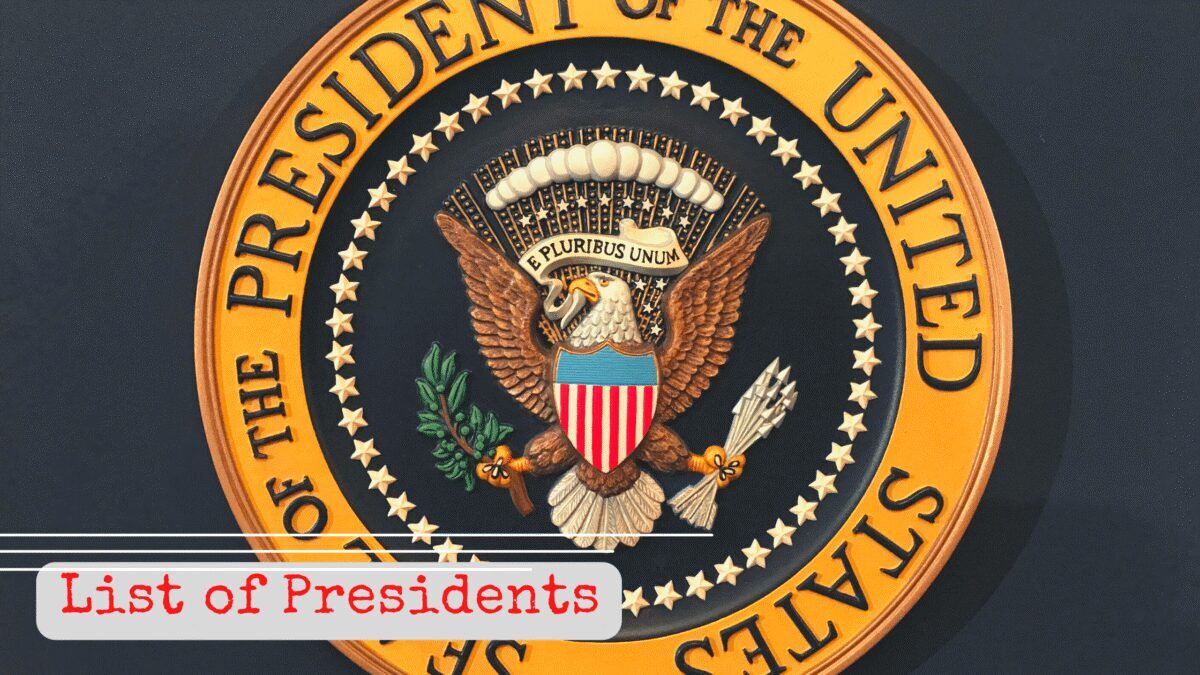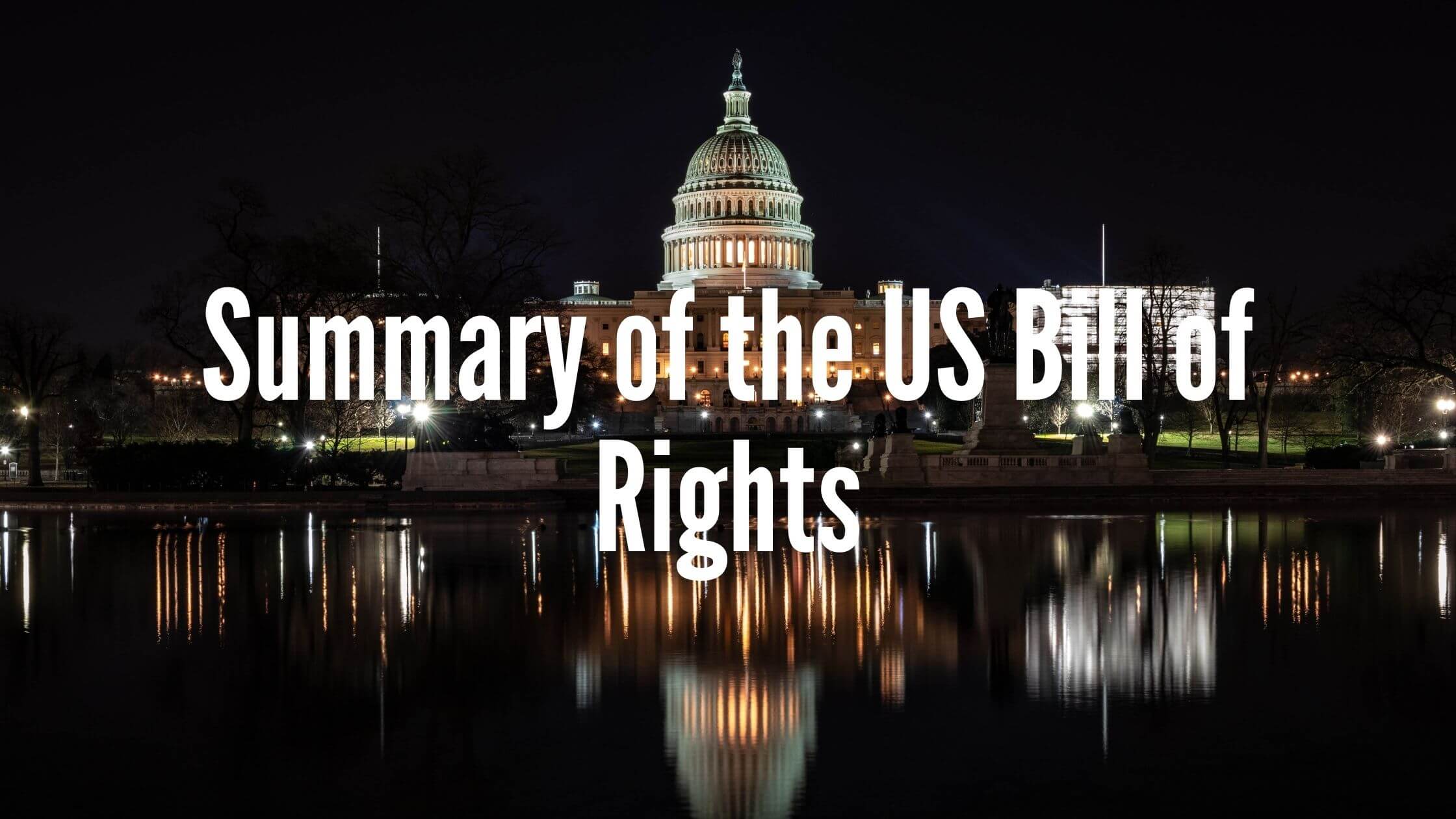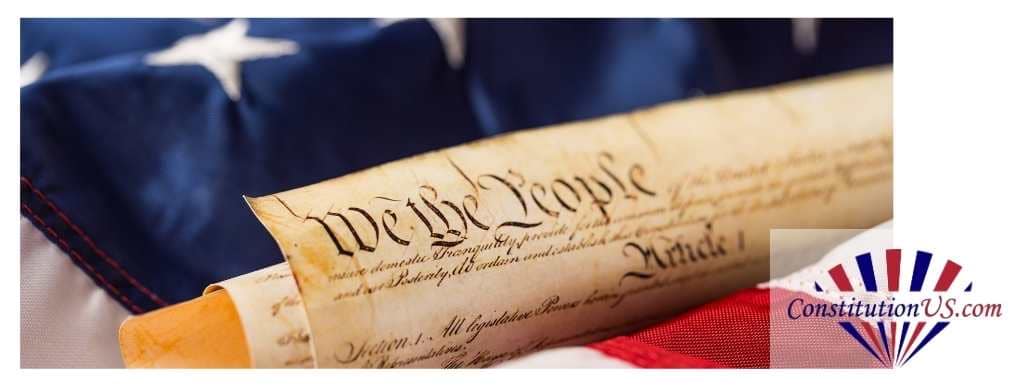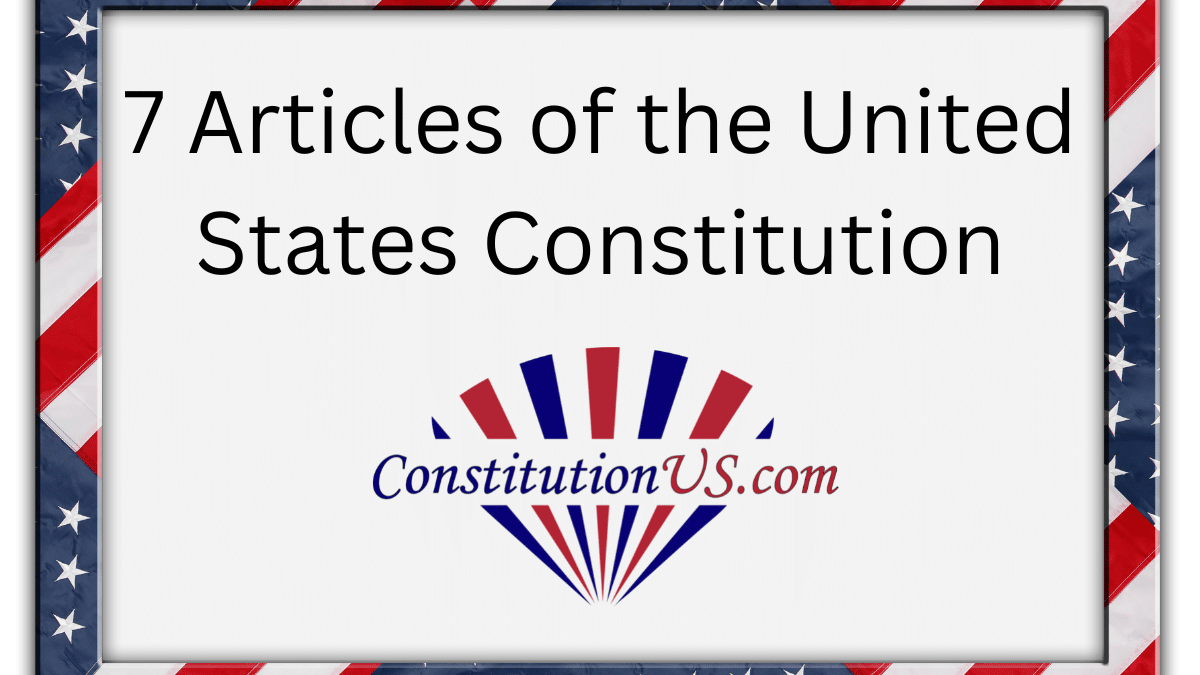Table of Contents
ToggleUS Entrance into World War 2
For much of its early existence, the United States took a backseat in foreign military conflicts, choosing a path of non-interventionism or isolationism. Although the US occasionally became involved in conflicts directly surrounding it in its hemisphere, it rarely tried to influence European politics. The Founding Fathers themselves were wary of the potential pitfalls of becoming entangled in foreign alliances.
After becoming involved in World War I, the United States reverted back to its non-interventionist foreign policy and spurned most forms of foreign diplomacy. Even with Hitler’s war machine ravaging Europe and the expanding Japanese Empire in the Pacific, the United States remained opposed to active involvement in World War II. Not until its naval base on Pearl Harbor was attacked did the US enter the war against the Axis powers.
Prelude to War
America spent the 1930s mired in economic turmoil amid the Great Depression and had little time to dwell on the growing threat of Nazi Germany and Japan. Even when war commenced in 1939, the prospect of mobilizing a struggling economy for war seemed like a ludicrous idea. However, the United States eventually did recognize the threat of the Axis powers and sought ways to assist Great Britain and the Allied forces short of active military involvement.
Lend-Lease Act of 1941
The Lend-Lease Act of 1941 was enacted as a way for the United States to supply the Allied forces with food, oil, and other supplies to assist in the war effort. Assistance went all over the globe to the United Kingdom, Free France, the Republic of China, and the Soviet Union. This act also supplied military weaponry to these nations, including ships and planes, angering both Nazi Germany and Japan.
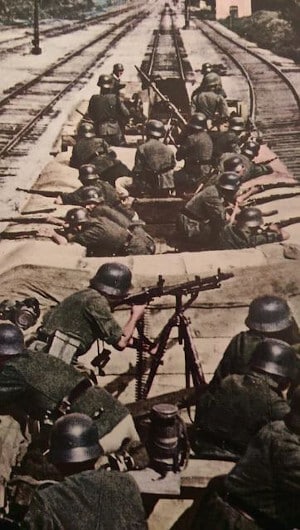
In exchange, these nations would supply the United States with needed equipment and natural resources, including chrome ore, manganese ore, and platinum. The United States also received important leases on military bases throughout the world in Allied territory. Although the terms of the Lend-Lease Act of 1941 stipulated that the equipment would be returned once used, very little equipment made it back to North America after World War II.
From an international diplomatic standpoint, the terms Lend-Lease Act of 1941 allowed the United States government to claim it wasn’t actively involved in the war but simply engaged in trade. However, it was simply a temporary charade to allow foreign aid until the US inevitably became involved in the war. It played a key role in stabilizing the Allied forces for most of 1941.
Japanese Trade Embargo
Before the official start of the Second World War in September of 1939, Japan had already been at war with the Republic of China for more than two years. As Japan continued to expand its Pacific Empire, encroaching on European colonies and territories, tensions between the United States and Japan rose steadily. Further complicating the situation was the prosperous trade partnership between the United States and Japan.
Japan heavily relied on its economic relationship with the United States, representing three-fourths of its total overseas trade. Its expanding empire in the Pacific was also dependent on oil, with a staggering 88% of its total oil imports coming from the United States. Japan would not be able to maintain its overseas empire without this important influx of supplies, natural resources, and other materials from the US.
After Japan invaded French Indochina, the United States put a trade embargo on Japan on July 26, 1941. Coming just a few months after the Lend-Lease Act of 1941, the Japanese trade embargo made it clear the United States was in complete support of the Allied forces, despite not having officially declared war up to that point. The long-term prosperity of the Japanese Empire was in dire straits, and drastic measures needed to be taken.
Pearl Harbor
On the morning of December 7, 1941, the Japanese attacked the American naval base at Pearl Harbor, Hawaii, in response to the trade embargo. Japan hoped to inflict a severe defeat on the United States, forcing a quick surrender that would allow them to continue to expand their empire. Japan likely thought that the US would agree to resume their trade relationship, providing Japan with oil and other important materials in exchange for a lenient peace settlement.

Get Smarter on US News, History, and the Constitution
Join the thousands of fellow patriots who rely on our 5-minute newsletter to stay informed on the key events and trends that shaped our nation's past and continue to shape its present.
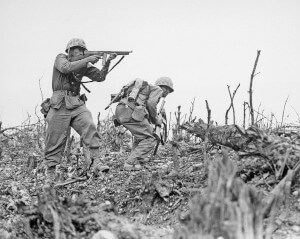
The Japanese attack inflicted 3500 casualties, sunk four battleships, destroyed nearly 200 aircraft, and caused significant damage to many other naval vessels and aircraft. However, it failed to achieve the decisive blow that the Japanese high command had hoped. In one of the biggest coincidences of the war, the American aircraft carriers, the primary Japanese targets, were away from Pearl Harbor performing naval maneuvers.
Further diminishing the Japanese attack was that a telegram declaring war was mistakenly sent after the attack on Pearl Harbor and not before, as originally intended. Diplomatically, it made the Japanese look like unjust aggressors and helped to galvanize US war support. Many Americans, who had previously been isolationists, were infuriated at the dastardly act by the Japanese and immediately joined the war effort.
December 8, 1941 – Congress Declares War on Japan
One day after the attack, Congress officially declared war on Japan and entered World War 2 on the side of the Allied powers. On December 11, 1941, Germany responded by declaring war on the United States, bringing American military forces into the European and Pacific conflicts on a global scale. Strategically, the United States would focus most of its initial military efforts on the European theater, seeking to relieve the strained military forces of the United Kingdom and the Soviet Union.
The entrance of the United States into World War 2 officially ended the traditional US foreign policy of isolationism and non-interventionism. It would rapidly evolve into a global superpower seeking to influence many areas of the world in the name of promoting democracy at the behest of the now all-powerful military-industrial complex. American interests now expanded from the Western Hemisphere laid out in the Monroe Doctrine to all areas of the world.
